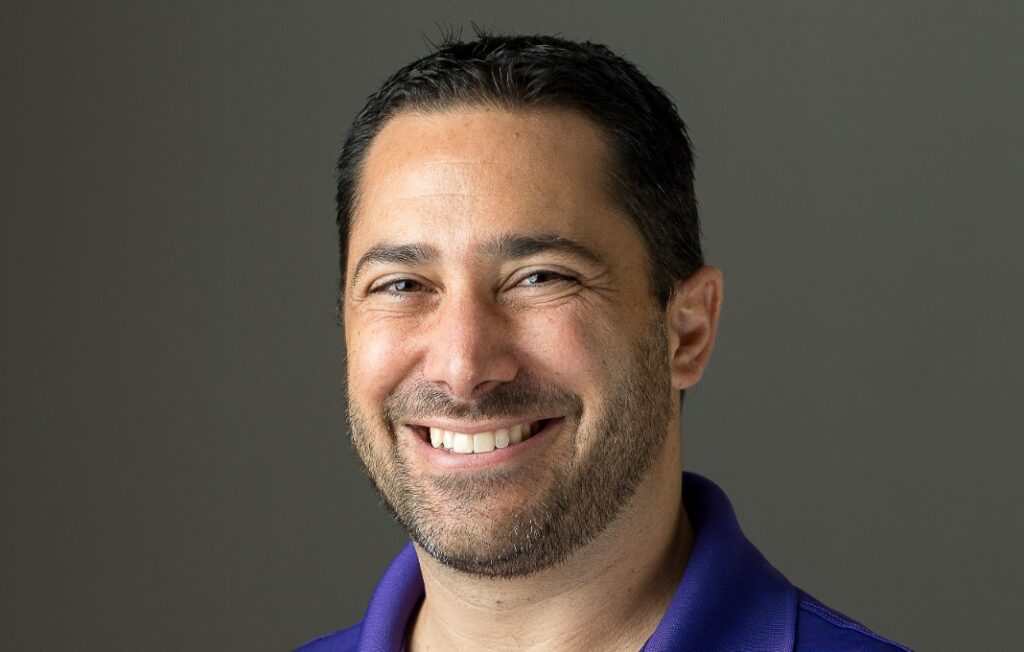Since most people have been taught interviewing is about the candidate’s skills and experiences, the interviewer tends to ask a lot of questions about their past. For example, “What have you done in this area?” or “Have you ever done _____?” Those trained in behavioral interviewing will take those same questions and convert them into asking for an example such as, “Give me an example where you have done X” or “Tell me about a time when you had X as an issue?”
All of this may be good to know, but the fact is you really don’t care about any of this. When a candidate shows up on Monday morning, you no longer care about all the things they have done. You only care about one thing, whether or not they can do the job you are hiring them to do. That is all you really care about. Nothing else matters anymore. They may have the best skills and all the right experiences, but if they can’t effectively apply them to do your job, then you really don’t care about their skills and experiences. These are also the things that should be considered when hiring construction jobs.
Have you ever hired a person that had all the right skills and experiences? They interviewed well, had all the right answers, their resume read like the job description, and after you hired them they fell flat on their face? This has happened to just about everyone who has ever hired.
Why does this happen? Mainly because the person’s skills and experiences are not primary indicators of their ability to do your job. These are at best secondary indicators and more often than not misleading indicators. Yet, these are the indicators that most hiring managers rely on.
Instead, focus the interview on the primary reason for interviewing which is, “Can they do your job?” The key to successful hiring is having a methodology that puts the candidate in the job BEFORE you hire the candidate. It is not about determining if the candidate has the right tools. It is about determining if they can use those tools effectively to get your job done.
This is why behavioral interviewing often falls short. Behavioral interviewing was once a quantum leap forward in how interviewing was performed; however, it too has run its course. Great interviewing is more than getting examples of the past. It is about doing your job. The tag line for behavioral interviewing, “past performance is an indicator of future performance” isn’t always the case.
A good hiring methodology shifts the focus from the person’s skills and experiences to how they will use these to do your job. If they can’t use these effectively in your company and your position, then they may be a great person but they aren’t the right candidate. This is why a person with all of the right skills and experiences often falls flat on their face
So how do you put the candidate in the job BEFORE you hire the person?
- Stop asking questions that start with “have, what, have you, tell me about a time when, etc.” These are all fine to know but they should be used for probing after the example and not for the example. That is a huge difference. The famous, who, what, when, where and why questions are for probing deep and not for opening questions.
- “How” questions should be used for the opening question. One of the biggest challenges facing hiring managers is getting them to shift to asking “How” questions. After that you can then begin probing with the five W’s. For example, “How would you decrease costs by 10%?” “How would you increase gross margins by X%?” “How would you go about implementing a complete systems upgrade of our ERP system?” “How would you increase market share in your territory?” Then probe deeply with the five W’s.
- Now the interviewer is shifting the interview from skills and experiences to having the candidate explain how they would apply these to do the job. If the candidate can’t apply their skills and experiences in the new job, then one has to question whether or not they are the right person regardless of skills and experiences.
The reason most hiring processes fail is because it is easy for a candidate to talk about their skills and experiences. Some might even embellish in this area. It is significantly different to explain how they would apply those skills and experiences in your company, with your culture, your resources, your budget constraints and all the aspects that make your company unique from the company they are leaving or just left.
Brad Remillard (www.bradremillard.com) is the co-founder of Impact Hiring Solutions and co-author of, “You’re NOT the Person I Hired: A CEO’s Guide to Hiring Top Talent.” He is a speaker, author and trainer with more than thirty years of experience in hiring and recruiting.
Read: http://www.articlesfactory.com/author/Brad+Remillard.html







